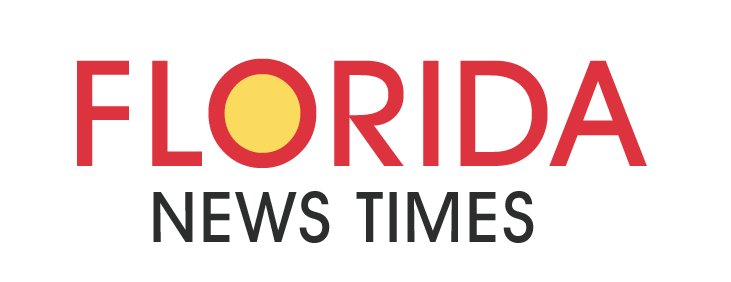2022 Top Trends in Enterprise Application Development
What is now implemented and what will be further developed are all presented in today’s review. You can also check here for our other related articles.
- No-Server Design
“Serverless” means two things:
Backend as a service programs store a lot of server data in the cloud. SDKs or API gateways provide standard functionality, and all work is done on the cloud. Moreover, the BaaS supplier must maintain the software and infrastructure.
A third-party platform for creating, running, and controlling software (the desired functionality called on-demand). Perfect for microservices.
- Containers
Gartner predicts that by 2022, over 75% of organizations will use containerized software (now only 30 percent ).
Containers hold code, runtime, configuration, and system libraries. Containers are light, nimble, and abstract enough to treat online systems (that is, independently of other processes). So do development and maintenance expenditures.
- Site Builders (SSG)
They claim most webpages and applications work like this:
It works like this: The user clicks the link, the browser sends a request to the server, the server runs the code and decides what content to show the user, the server extracts the content from the database and loads it into the page template, the server renders the HTML code and sends it to the browser.
SSGs function differently. They create static HTML pages from templates or content sources.
- Simpler tech stack for static pages
pre-generated pages speed up
Pre-rendering secures dynamic material by reducing it.
- CMS No-head
Traditional CMS have a front-end and a back-end (back-end). There’s a technology and architecture to this CMS’ content. Today’s digital world makes this difficult.
Its server-side interface replaces the client-side interface (backend). So one backend may manage content for many products: sites or sites plus applications. Simultaneous distribution of content across all needed channels is therefore.1 A CMS’s principal purpose is to store and send data, and its appearance is defined by the developer.
- JAMstack creation
The serverless architecture, static site generators, and Headless CMS developments are driving JAMstack’s popularity. The solution isn’t new; Netlify’s Matt Bijlmann and Chris Bach named it JAMstack in 2015. This new trend has barely begun.
They see this as the future. Because it lets developers create web and mobile applications faster, scale solutions more easily and affordably.
- Classic sites (also known as MPA – Multi Page Application, multipage applications) refresh the page anytime data is changed or added.
However, with SPAs, the browser loads all necessary code, but only the user sees it. So when he changes sites, the browser reuses data from previously loaded code, saving time. The browser may also urge you to download dynamic content.
SPAs used to manage Gmail mail, Facebook social network, GitHub IT project hosting and communal development, and Meduza news portal. Their recommendation of SPA to make blog and catalog pages easier, faster, and more pleasant for the end user seems to be new (especially on mobile phones).
- Web Configuration
On the internet, there are two types of programming languages: server-side (like PHP) and client-side (like Java) (JavaScript).
It is a low-level virtual computer that compiles code written in several programming languages into binary format (byte code).
- New Flutter options
As of March 2021, Flutter 2.0 allows you to create beautiful, fast and portable applications for every platform. Including web applications using Flutter for Web. Now you can develop for iOS, Android, and web browsers all in one. In addition, Flutter for Desktop (now in beta) enables cross-platform development.
- PWAs (PWAs)
This is especially true for e-commerce, since PWAs allow websites to behave and look like mobile applications. This saves money and resources while also satisfying customers. PWAs are also cross-platform (optimization of the cost of creating one thing is worth it).
AMP stands for Accelerated Mobile Pages. This year, Google began aggressively promoting it, rewarding AMP-enabled sites with higher search ranks. It’s almost an ultimatum, but people don’t care.
- Chatbots
Chatbots and AI may answer the same questions, guide visitors to the right website, or provide an initial consultation. It may also analyze user mood based on questions and answers (big brother is monitoring you!).
- VOC
It looks that every online store will soon provide voice search. It is more convenient. We noticed that visual search improves the user’s results.
- Tilt axis
As more individuals use mobile devices to visit websites, the regulations must change. After all, a mobile site can’t naturally fit everything. Horizontal scrolling is a new experience. Users like it because it makes mobile browsing easier.
Go to this link, https://www.dataart.com/ and ask any questions!



